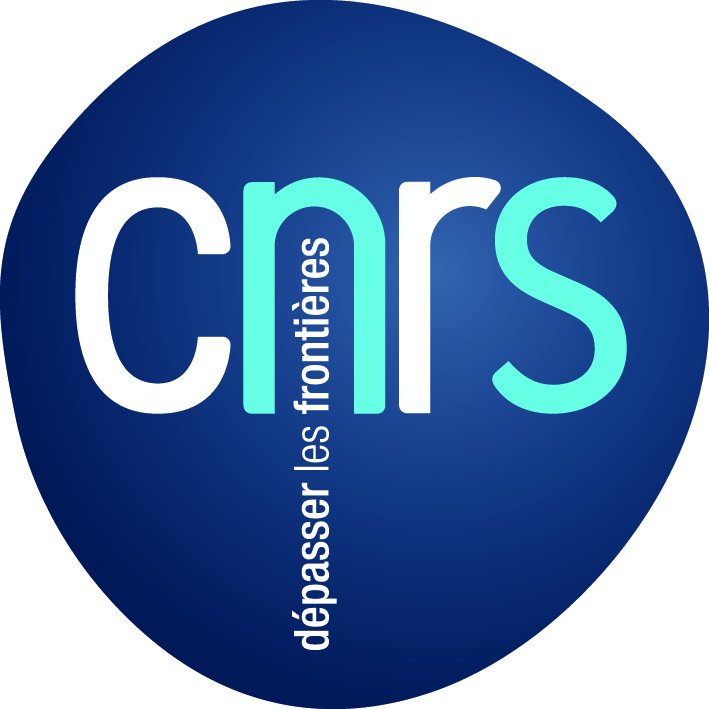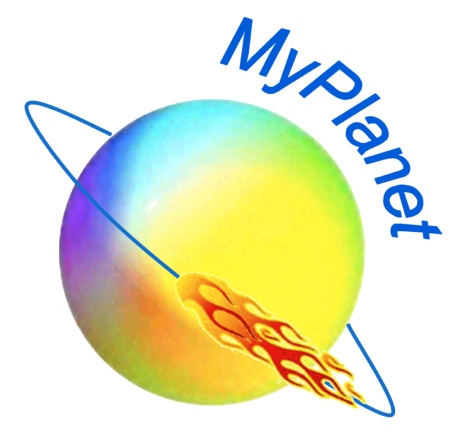

Toward petaflop numerical simulation on parallel hybrid architectures
june, 6-10, 2011
INRIA
Sophia Antipolis, France
| with the support of |
|
Program
You could find on this page all the pdf files of the presentations.
| Monday 6 june |
| 8h15 - 8h45 | Registration |
| 8h45 - 9h00 | Introduction |
| 9h00 - 10h30 | Session 1 - 1rst part |
Jack Dongarra
|
|
| 10h30 - 11h00 | Coffee break |
| 11h00 - 12h30 | Session 1 - 2nd part |
Jack Dongarra
|
|
| 12h30 - 14h00 | Lunch |
| 14h00 - 15h30 | Session 2 - 1rst part |
François Bodin
|
|
| 15h30 - 16h00 | Coffee break |
| 16h00 - 17h30 | Session 2 - 2nd part |
François Bodin
|
|
| 17h30 - 18h00 | Debriefing |
| Tuesday, 7 june |
| 9h00 - 10h30 | Session 3 - 1rst part |
Emmanuel Agullo Julien Langou
|
|
| 10h30 - 11h00 | Coffee break |
| 11h00 - 12h30 | Session 3 - 2nd part |
Enrique S. Quintana Ortí
|
|
| 12h30 - 14h00 | Lunch |
| 14h00 - 15h30 | Session 4 - 1rst part |
Manfred Liebmann
|
|
| 15h30 - 16h00 | Coffee break |
| 16h00 - 17h30 | Session 4 - 2nd part |
| < | Michael Heroux
|
| 17h30 - 18h00 | Debriefing |
| Wednesday 8 june |
| 9h00 - 10h30 | Session 5 - 1rst part |
Robert Strzodka
|
|
| 10h30 - 11h00 | Coffee break |
| 11h00 - 12h30 | Session 5 - 2nd part |
Dominik Goeddeke
|
|
| 12h30 - 14h00 | Lunch |
| 14h00 - 15h30 | Session 6 - 1ère partie |
Felix Wolf
|
|
| 15h30 - 16h00 | Coffee break |
| 16h00 - 17h30 | Session 6 - 2nd part |
Judith Gimenez
|
|
| 17h30 - 18h00 | Debriefing |
| Thursday 9 june |
| 9h00 - 10h30 | Session 7 - 1rst part |
Raymond Namyst
|
|
| 10h30 - 11h00 | Coffee break |
| 11h00 - 12h30 | Session 7 - 2nd part |
Marc Tajchman
|
|
| 12h30 - 14h00 | Lunch |
| 14h00 - 15h30 | Session 8 - 1rst part |
Tim Warburton
|
|
| 15h30 - 16h00 | Coffee break |
| 16h00 - 17h30 | Session 8 - 2nd part |
Luigi Genovese
|
|
| 17h30 - 18h00 | Debriefing |
| Friday 10 june |
| 9h00 - 10h30 | Session 9 - 1rst part |
Denis Caromel
|
|
| 10h30 - 11h00 | Coffee break |
| 11h00 - 12h30 | Session 9 - 2nd part |
Florent Duchaine
|
|
| 12h30 - 14h00 | Debriefing and buffet |

